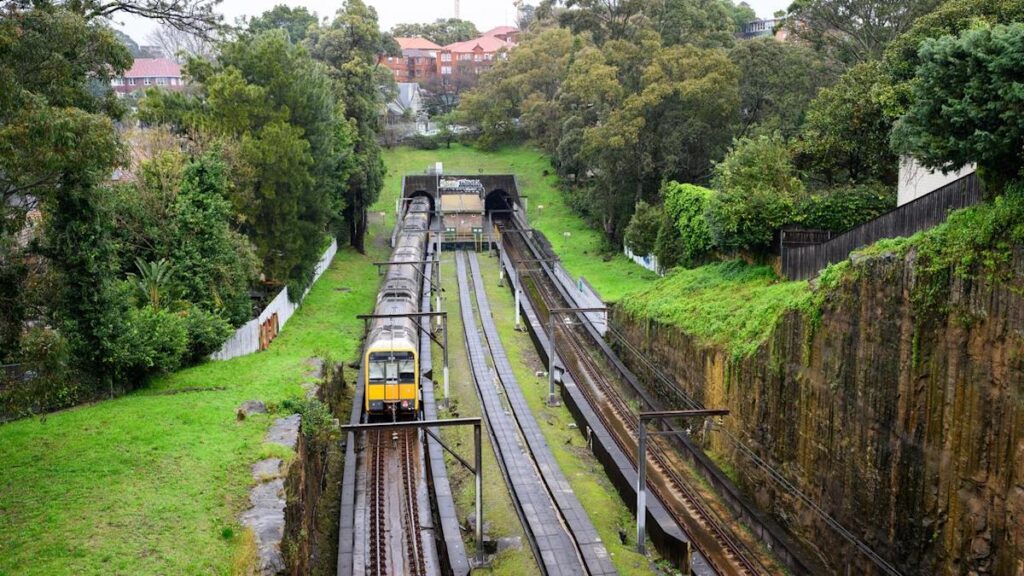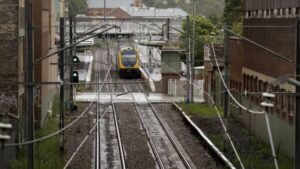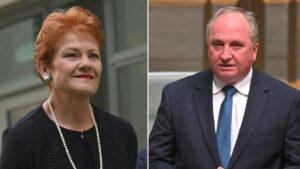
UPDATE: A controversial proposal to revive the long-abandoned Woollahra Train Station has just been unveiled, aiming to create 10,000 new homes in one of Sydney’s most affluent areas. Critics are already labeling the plan a “free gift to the rich and developers,” igniting a fierce debate about housing affordability in the region.
The New South Wales government has announced a rezoning initiative that will allow for high-rise developments in a prime location where the average house price exceeds $4.5 million. The station, unfinished for over 50 years, is less than a 10-minute drive from Sydney’s bustling city center, raising questions about who will truly benefit from this redevelopment.
Greens MP Sue Higginson sharply criticized the initiative during a parliamentary session, questioning why the government had not introduced a windfall gain zoning tax to mitigate profits for wealthy developers. “Why did you … announce your free gift to the rich and the developers … without first announcing a windfall gain zoning tax?” she challenged Planning Minister Paul Scully.
In response, Scully defended the project, emphasizing that the state would still collect revenue from this development. “It’s not a tax haven, we’re not creating that,” he stated during a budget estimates hearing, assuring the public that the proportion of below-market-rent homes could reach around 10 percent.
The land adjacent to the station, valued at up to $10,000 per square meter, has already attracted significant attention. A nearby home sold for $10.6 million in March, underscoring the area’s skyrocketing property values. This development proposal aims to shift housing construction back to the eastern suburbs, where infrastructure already exists, instead of the city’s western regions.
Labor’s vision includes transforming this “ghost station” on the Eastern Suburbs line into a hub that could support thousands of new homes. However, the plan has stirred mixed reactions, even among local leaders. Kellie Sloane, a Liberal MP and rising political figure, expressed cautious support but demanded clarity on how the government intends to deliver on its ambitious housing targets.
Tom Forrest, head of the property developers advocate Urban Taskforce, remarked on the shifting landscape for home buyers, noting that this initiative could pave the way for those locked out of the market for decades.
While the government aims to expand housing supply responsibly, Scully dismissed claims that this project serves as a “plan B” for the previously proposed redevelopment of Rosehill Racecourse, which aimed to create 25,000 homes but was rejected by club members.
As this situation unfolds, the community and stakeholders are watching closely. The proposed development at Woollahra could fundamentally reshape the housing landscape in Sydney’s eastern suburbs, but the question remains: will it serve the needs of the many or the interests of the few?
Stay tuned for further updates as this story develops.





